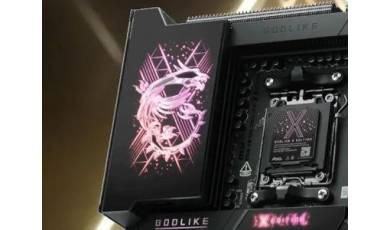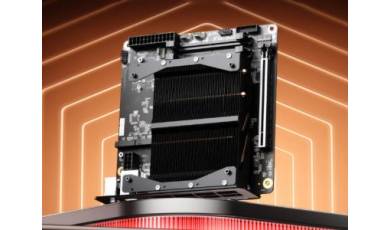Flash firmware on Kyocera DuraSlate
Mobiles >> Kyocera >> Kyocera DuraSlate| Specifications | Reviews | Secret codes |
| Unlock phone | Root phone |
| Backup | Flash Firmware | Screenshot |
How to flash Kyocera DuraSlate?
Why reinstall the firmware?
Errors constantly appear in the Android OS.
Some applications stop opening.
Some programs from the Play Market do not start.
The phone restarts for no reason.
The phone is slow.
You are not satisfied with the possibilities of the stock firmware.
Where can I find the firmware?
On the official website of the manufacturer.
On specialized resources where users post custom or official OS.
What should be done before installing the firmware?
Back up your phone's user data.
Insert your SD card into your phone. It must have enough memory to fit the firmware.
Determine your smartphone model.
Fully charge your device's battery.
Find and download the archive with Firmware. Place it on the SD card.
Installing TWRP Recovery
Download the Official TWRP App from the Play Market. And install it.
When you start the application for the first time, you must consent to future manipulations, as well as consent to granting the application Superuser rights. Check the checkboxes and press the 'OK' button.
In the next screen, select the item 'TWRP FLASH' and provide the application with root-rights.
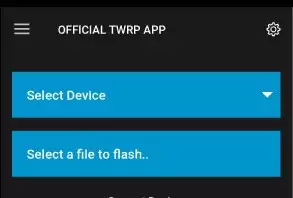
On the main screen of the application, click 'Select Device', and select your phone model.
After selecting the phone, the application will redirect the user to a web page to download the modified recovery environment image file. Download the proposed *.img file.
After downloading the image file, go to the main screen of the Official TWRP App and press the 'Select a file to flash' button. Select the file downloaded in the previous step.
Click the 'FLASH TO RECOVERY' button and confirm your choice, click 'OK' in the question window.
After the burn process is complete, the message 'Flash Completed Succsessfuly!' appears. Click 'OK'. The TWRP installation procedure can be considered complete..
Copy the required files to the SD card. Using a PC or laptop card reader, it will be much faster.
Insert a memory card into the phone.
To reboot into recovery, you need to enter the menu accessible by pressing the button with three stripes in the upper left corner of the main screen of the application. Select 'Reboot' and then click on the 'REBOOT RECOVERY' button.
Firmware via TWRP
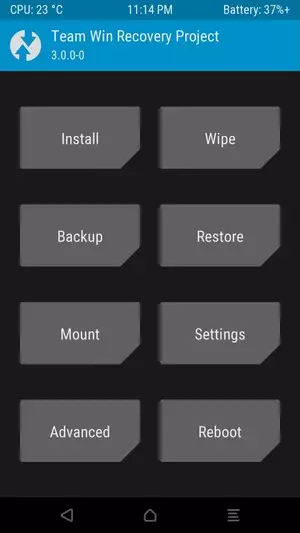
Before flashing, you need to clear the 'Cache' and 'Data' sections, press 'WIPE' on the main screen. This will delete all user data from the device, but avoid a wide range of software errors and other problems.
You can start flashing. Click the 'Install' button.
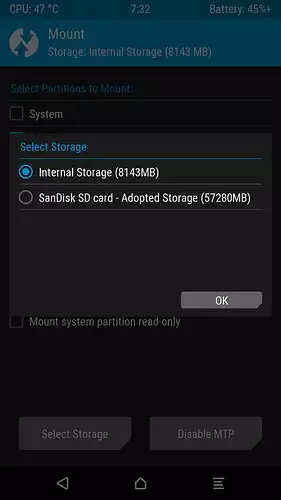
The file selection screen is displayed. At the very top is the 'Storage' button, select the location where the firmware file is located.
Select the location where you copied the files..
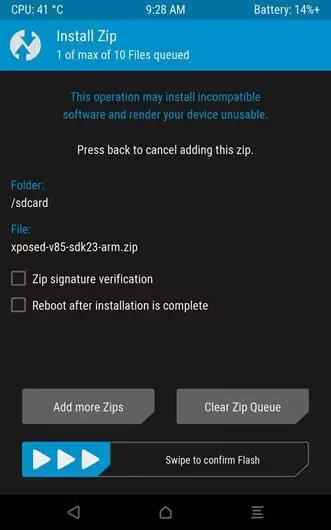
Select the firmware file and click on it. A screen opens with a warning about possible negative consequences, as well as the item 'Zip signature verification'. This item should be checked by placing a cross in the check-box, which will avoid using damaged files when writing to the phone's memory sections.
The procedure for writing files to the device's memory will begin, accompanied by the appearance of inscriptions in the log field and the completion of the progress bar.
After the firmware installation procedure is completed, the 'Successful' message appears on the screen.
Summary: OS: Android 12; Chipset: Mediatek MT6765 Helio P35 (12 nm); CPU: Octa-core (4x2.35 GHz Cortex-A53 & 4x1.8 GHz Cortex-A53); GPU: PowerVR GE8320; Type: IPS LCD; Screen Size: 10.1 inches, 295.8 cm 2 (~68.0% screen-to-body ratio); Resolution: 1200 x 1920 pixels, 16:10 ratio (~224 ppi density); Protection: Dragontrail Pro Glass; Card slot: microSDXC; Internal: 32GB 3GB RAM; Single camera: 8 MP, f/2.4, (wide), 1/4.0", 1.12µm, AF; Features: LED flash; Video: 1080p@30fps; Single camera: 5 MP, f/2.4; Video: Yes; Loudspeaker: Yes, with stereo speakers; 3.5mm jack: Yes; Sensors: Accelerometer, gyro, proximity, compass; Type: Li-Ion 7000 mAh; Charging: 45W wired, PD2; Dimensions: 259 x 168 x 8.6 mm (10.20 x 6.61 x 0.34 in); Weight: 488 g (1.08 lb); SIM: No; ...
Comments, questions and answers on the flash firmware Kyocera DuraSlate
Ask a question about Kyocera DuraSlate

